Children, grandchildren, partners the forgotten victims of legal guns
Children, grandchildren and partners are the main victims of homicides carried out by licensed shooters, as lawful gun owners turn their registered weapons on those to whom they are closest.
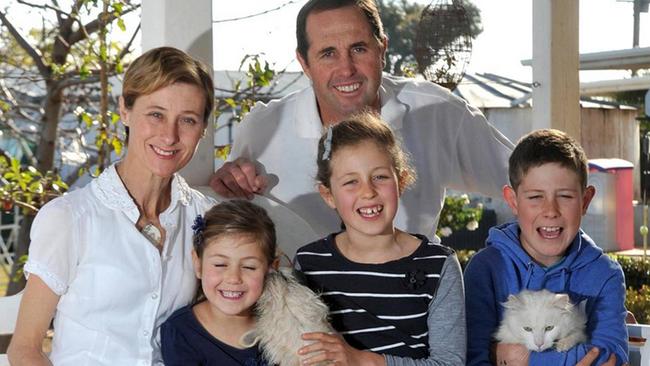
Children, grandchildren and partners are the main victims of homicides carried out by licensed shooters, as lawful gun owners turn their registered weapons on those to whom they are closest.
An analysis of coronial inquest findings and published media accounts shows at least 29 people were killed in Australia in the past decade by licensed gun owners using registered weapons. This included 10 children murdered by their father or grandfather.
The Australian was unable to identify any separate database that tracks homicides by licensed gun owners using registered weapons despite several high-profile murders in the past 10 years, and compare these to unlicensed people using illegal weapons to murder others.
While the overwhelming number of our almost 900,000 licensed firearm owners are lawful, the data shows a handful has managed to find cracks in the patchwork of firearm laws and commit violence against those closest to them.
Target on Guns
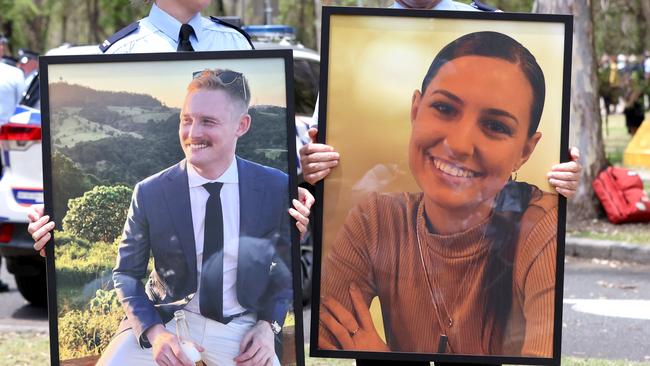
Extremists, crims, AVOs on guns register
A $250m national firearms register will have access to criminal records and family violence orders alongside details of guns and firearm licence holders.

Firearms register win, as FBI nabs cop killers’ US contact
Twenty-seven years after it was first agreed following the Port Arthur massacre, Australia’s leaders sign a historic deal to introduce a national gun registry.
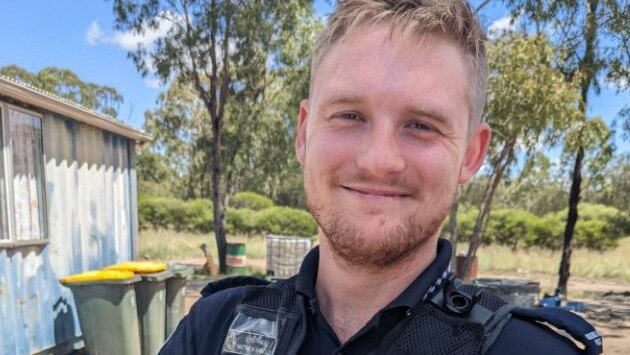
Nation’s leaders urged to do deal on gun register
Police and gun safety advocates urge premiers, PM to ‘show some fortitude’ on firearms ahead of the anniversary of the Wieambilla police murders.

‘Red-flag cop-haters, sovereign citizens’ on firearm register
A national firearm register should include intelligence about licensed gun-owners who have been identified on social media as ‘police-haters’ or sovereign citizens.

Fight over cash derails register
The national guns register has hit an 11th-hour roadblock with a blow-up between state and federal treasurers derailing plans to finalise a funding deal.

Delays give high-risk suspects 41-day start
No money, competing priorities: Victoria Police delays give high-risk suspects 41 days grace period before firearm prohibition orders are served.
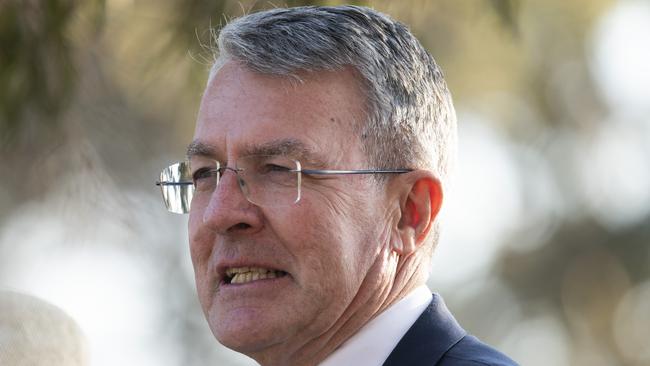
Firearms register ‘now within range’
Gun safety advocates say Australia’s state, territory, and federal governments have ‘never been closer’ to a deal on a national firearm register, 27 years after the Port Arthur massacre that first prompted calls for the database.
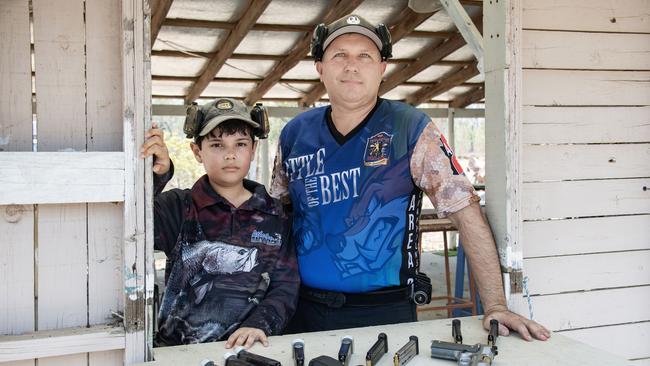
Young shooters aim for sporting success
Sport for some kids involves a ball or a racquet, but 12-year-old Quinn Coates-Marnane much prefers a pistol. The Cairns schoolboy is one of a growing number of children learning how to shoot competitively.
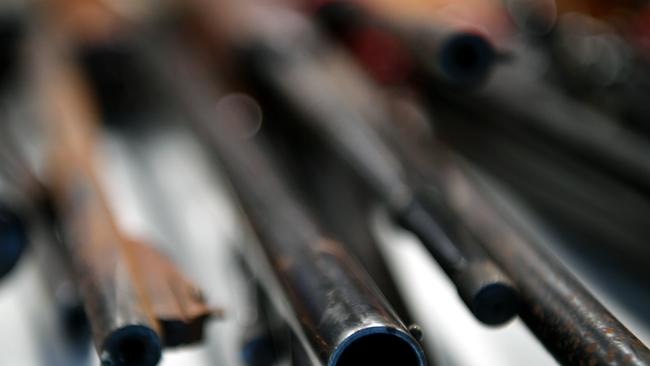
‘Ridiculous’: Police slam failure to act on guns register
An Australian-owned and operated company built New Zealand’s new national firearms database, prompting police advocates to ask why the same can’t be used domestically.

Victoria cries poor on guns, asks Canberra for help
Victoria has joined smaller jurisdictions asking Canberra for financial assistance to upgrade old state firearms registers to make them compatible with a real-time digital national gun database.
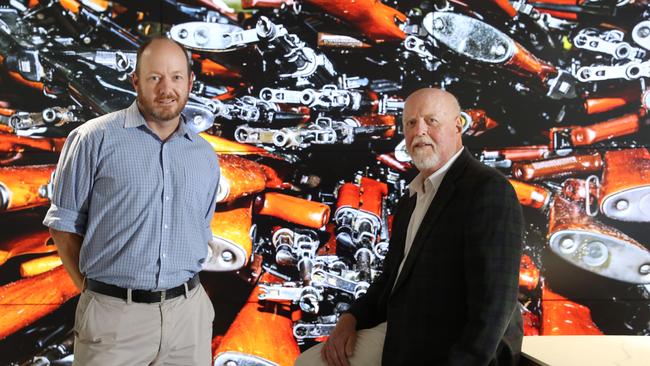
Aussie-made arms register controls guns abroad – why not here?
A low-cost simple-to-use system known as ArmsTracker is operational or being installed in countries across the globe. But its creators say it wouldn’t suit Australia because ‘they wouldn’t trust anything less than $2m’.

$30m slug to sign up to firearms registry
Smaller states and territories could be slugged with a bill of $30m each to join a national firearms register and are increasing pressure on the federal government to pay for the new digital guns database.
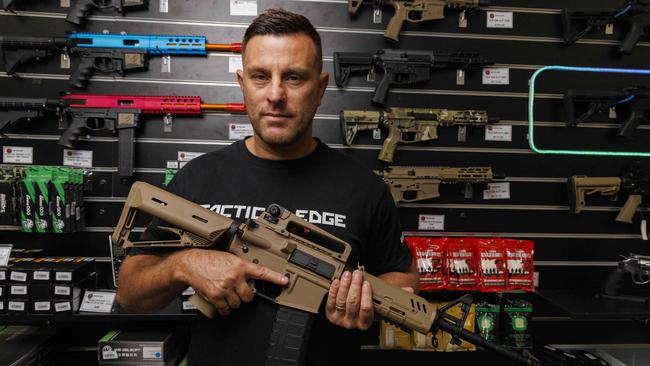
Pressure on state to ban replica ‘gel blasters’
Gun control advocates urge Queensland to follow the rest of Australia and ban gel blasters instead of labelling them toys.
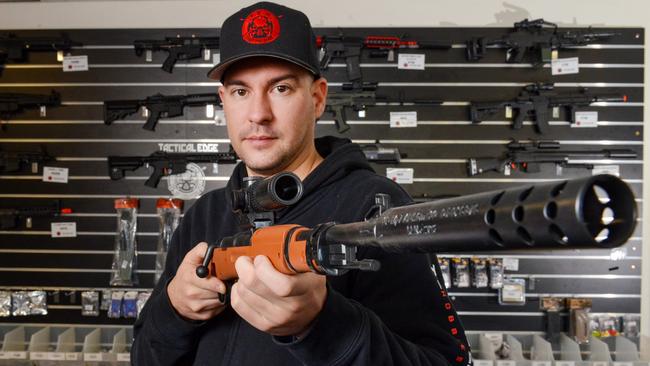
20 years’ jail for firing this ‘toy’? It’s ludicrous, blasts judge
In every other jurisdiction except Queensland you need a gun licence to wield this recreational weapon. Has the rest of the country got it wrong?
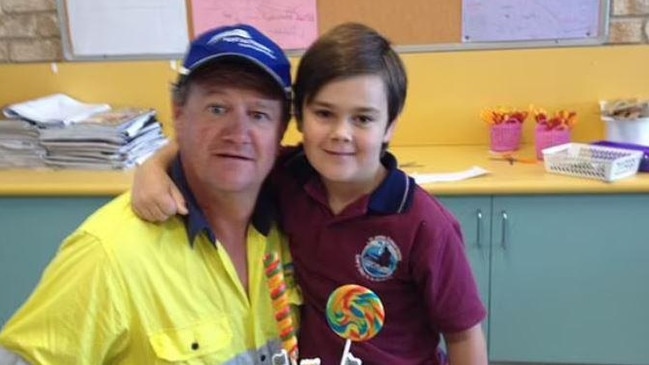
States resist health check for licences
Every state and territory except WA is resisting calls from coroners and advocates to introduce mandatory mental health checks before gun licences are granted.

Grieving mother’s lament: Why did police let my son have a gun?
Just days after his 20th birthday, Robbie Lawrence unlocked his double-barrel 12-gauge shotgun from his father’s gun safe, drove to a remote bush track in regional Victoria, and killed himself.
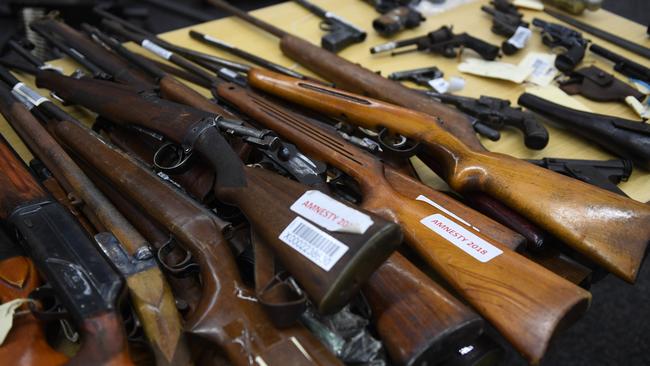
Legal guns near four million in Australia
The number of registered guns in Australia approaches four million for the first time, but ownership rates remain low, with a 48 per cent decline since the National Firearm Agreement in 1996.

The forgotten victims of legal guns
Children, grandchildren and partners are the main victims of homicides carried out by licensed shooters, as lawful gun owners turn their registered weapons on those to whom they are closest.
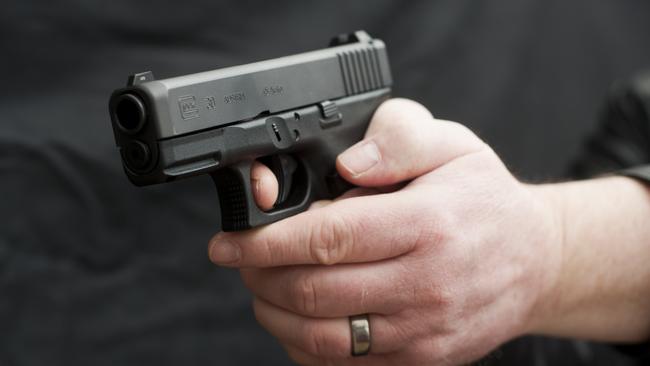
Coroners warn on shooting range suicides
Most of the nation’s shooting ranges are not required to install bulletproof barriers or lifesaving tethers for guns used by unlicensed shooters, despite coroner warnings after the suicides of at least 11 people.
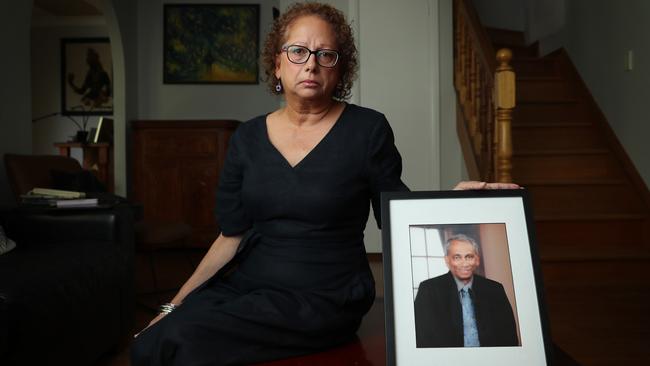
Shockwaves after daughter lures her dad to a violent death
It’s been 13 years since Di Bonarius’s sister shot their beloved father dead after stealing a gun from a pistol club, but the traumatic aftershocks of the violence are still shaking her family.

Inquest costs met for cops’ families
The families of the two murdered officers will have union-funded lawyers to represent them at the inquest, as one family expresses concern about some actions of Queensland police.

Christian extremist terror hit not enough to deliver gun register
Nearly a year after constables Matthew Arnold and Rachel McCrow and good Samaritan Alan Dare were gunned down at Wieambilla, bureaucratic inertia and a fight over funding has stalled the process.

Young cop’s execution caught on body cam
Sniper’s lairs, battery-powered security cameras, and the cold-blooded execution of a young constable captured by her own body-worn camera: what really happened during the bloody Wieambilla ambush.
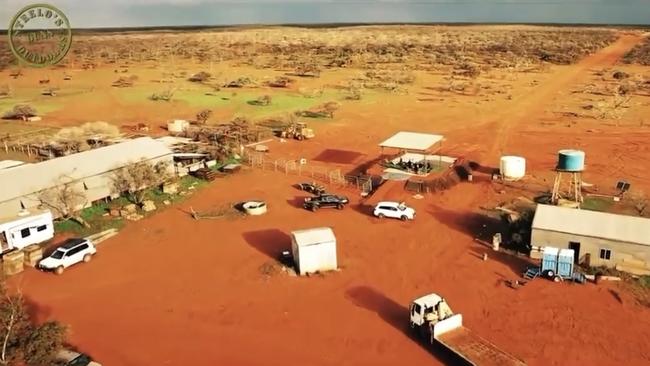
New laws were a killshot for Ella Valla station. Then Andrew Forrest swooped
For years, tourists would come to Shane Aylmore’s remote cattle property in WA, paying huge sums to fire enormous long-range weapons into the outback. In just one night, it was game over.

Gun, data reforms ‘would save cops’ lives’
‘Real time’ information would enable police to do a proper risk assessment before entering a property.
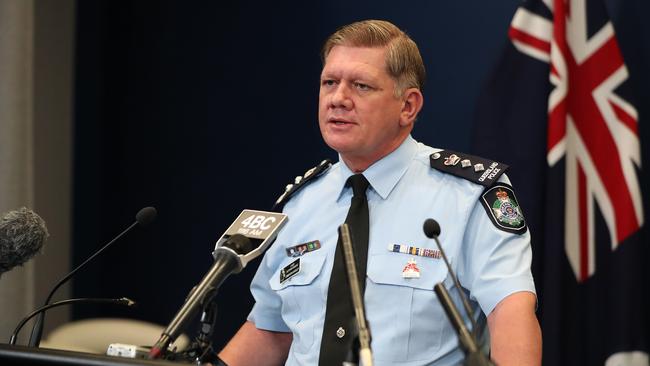
Outdated registry ‘is a threat to police’
Queensland’s firearms registry is still not fit-for-purpose and is putting police officers and the general public at risk, nearly three years after a warning from the auditor-general.

Up to 130,000 WA guns off the street
WA will become the first Australian jurisdiction to limit how many firearms a shooter can legally own, as the Labor government wants to slash the number of legal guns by about one-third.
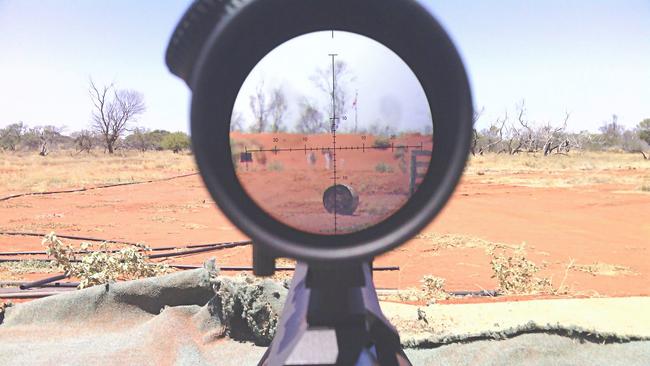
Federation fail: Patchwork of laws keep sniper rifles on our streets
High-powered .50 cal guns banned for being too dangerous by some states are legal over the border, as states and territories fail to harmonise gun laws or agree to a national gun registry.
The details have emerged as part of The Australian’s special investigation, Target on Guns, which is examining dangerous inconsistencies in state and territory gun laws, and the failure to develop a national gun register.
The lack of consistency in gun laws and the need for a national register was first agreed after the Port Arthur massacre of 35 people by a lone gunman in Tasmania in 1996, but took on renewed urgency after the murders of two police officers and a neighbour at Wieambilla last December by a family group that included a licensed firearm owner.
The harmonisation of laws appears deadlocked, while the national register has stalled because of a funding dispute between Canberra and the smaller jurisdictions of Tasmania, the ACT and the Northern Territory, which process firearm applications on paper.
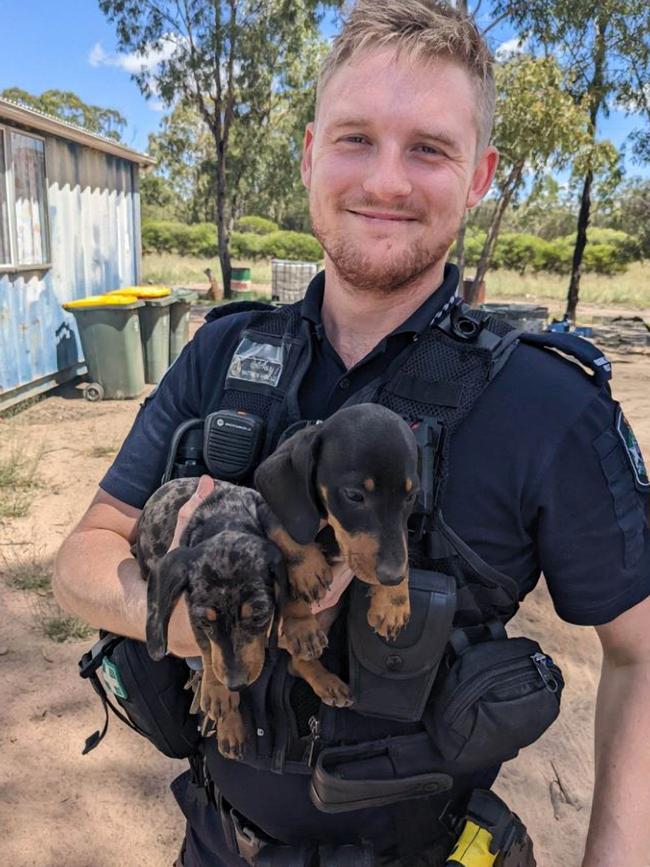

Gun control advocate Philip Alpers said victims of fatal gun violence in Australia were usually known to the perpetrators.
Licensed gun owners turned their registered weapons on their families and close associates, then often on themselves, he said.
Criminals who used illegal guns, such as gangland shooters, also targeted people who were either known to them or known to others who ordered the hits.
“Both of these (circumstances) show that it’s rather like rape,’’ Associate Professor Alpers said.
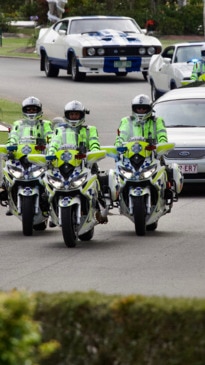
“Stranger danger has been pretty well rebutted, the danger of being raped by a stranger, as opposed to being raped by someone who knows you well.
“Exactly the same applies to (gun violence). The crimes that cause the most concern in media headlines are people who know each other well shooting each other.’’
Geoff Hunt murdered his wife, Kim, and children Fletcher, 10, Mia, 8, and Phoebe, 6, at Lockhart in NSW in September 2014.
Marilyn Burdon, 70, was murdered by her partner, Charles Bisucci, on August 21, 2017, two weeks after asking him to move out of her house in Kew, Melbourne. He was able to access guns after getting his friends to register them in their names.
Peter Miles murdered his wife, Cynda Miles, his daughter Katrina and Katrina’s four children Taye, 13, Rylan, 12, Ayre, 10, and Kayden, 8, on a farm in Osmington, Western Australia, in May 2018.
In Victoria, Gregory Floyd murdered his wife, Ora Holt, after his guns were returned to him a year earlier.
And John Edwards murdered his children Jack and Jennifer Edwards in NSW with a gun he legally obtained, despite his history of family violence.
The Australian Institute of Criminology’s National Homicide Monitoring Program, the only national collection of homicide incidents, victims and offenders, shows that of 210 homicide incidents recorded in a year, 11 per cent, or 23 homicide incidents, were carried out with a firearm.
The figures are for the most recent years available, 2020-21, and note that 221 people died in 210 incidents of homicide, indicating several incidents claimed more than one victim.
The monitoring program also shows that firearm use in homicides continues to fall.
Gun homicides accounted for 20 per cent of homicide incidents in the decade 1989-90 to 1998-99, but now comprise 14 per cent of all homicide incidents.
The 1989-99 decade includes the Port Arthur massacre, where most of the 35 victims were strangers to gunman Martin Bryant.
Gun homicide incidents peaked in 1994-95 at 80 a year, and now stand at 23, the equal lowest on record.
There have been 1493 gun homicide incidents since 1989.
This is half the number of the most common weapon used in homicides – knives and other sharp objects – which have been used in 3071 homicide incidents since 1989.
Professor Alpers, from the University of Sydney’s School of Public Health, said the 1996 National Firearms Agreement, which reduced guns and restricted the types of guns available in Australia, had immediately reduced firearm homicide and suicide rates.
“The risk of dying by gunshot in Australia more than halved, and has stayed at below half the rate ever since, despite a growing population,’’ he said.
While states and territories moved to restrict guns and harmonise laws under the National Firearms Agreement, they never concluded the final step – a national gun registry tracking guns and firearm licensed holders in real time, across every jurisdiction.
President of the Australian Federal Police Association Alex Caruana said a lack of a national firearm registry was a particular concern in family violence cases.
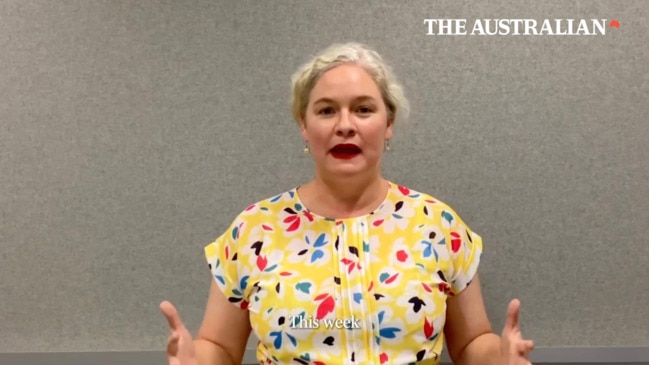
Mr Caruana said poor or non-existent communication between state registries meant police did not always know when gun-_owners moved interstate. “(For example) if I’ve moved from ACT into NSW, NSW doesn’t (automatically) know I’ve got firearms,’’ he said. “ACT does, but I’ve moved my firearms, and I haven’t fulfilled my obligation (to self-report the relocation of the guns).
“My partner puts in a family violence claim against me and NSW don’t know to come and take firearms off me.’’
University of Queensland honorary associate professor Samara McPhedran, an expert in homicide, suicide and gun control, said a legislative crackdown on licensed firearms was not a solution to gun violence.
Dr McPhedran said a political push for gun control in the wake of violent events was often a quick political fix that was not evidence-based, “particularly when it comes to violence and homicide – violence doesn’t occur out of nowhere, it doesn’t occur in a vacuum”.
“When you look at homicide offenders or violent offenders more broadly … whether with a firearm or not, generally they have quite a lengthy history of contact with the criminal justice system and often there are many points of intervention going right back to those people’s childhoods where things could have been done differently,’’ she said.
“That really calls for very long-term thinking, often comprehensive support of families. Those measures are tough. They take a long time, they take money, they take effort, they take serious political commitment, and sadly we don’t often see that.”
Dr McPhedran said firearm homicide had already been declining when gun control reforms were introduced in 1996. She pointed to an Australian Bureau of Statistics overview of firearm deaths between 1980 and 1995, which found the death rate declined dramatically before the 1996 Port Arthur massacre, from 4.8 deaths per 100,000 population in 1980 to 2.6 in 1995, a fall of 46 per cent in that 16-year period.
She said the rates continued to decline after the gun law reforms.
“One of the changes that I think did have an impact was the requirement that a person who had committed a domestic violence offence (was no longer) a fit and proper person.
“There’s some suggestive evidence that that may have affected female firearm homicide victimisation, but the numbers were so low to begin with it’s hard to say anything statistically.
“Overall, what we see now is that the majority of firearms used to commit homicide aren’t registered and the offenders aren’t licensed.”
Anyone impacted by a homicide can contact the Queensland Homicide Victims Support Group on 1800 774 744.

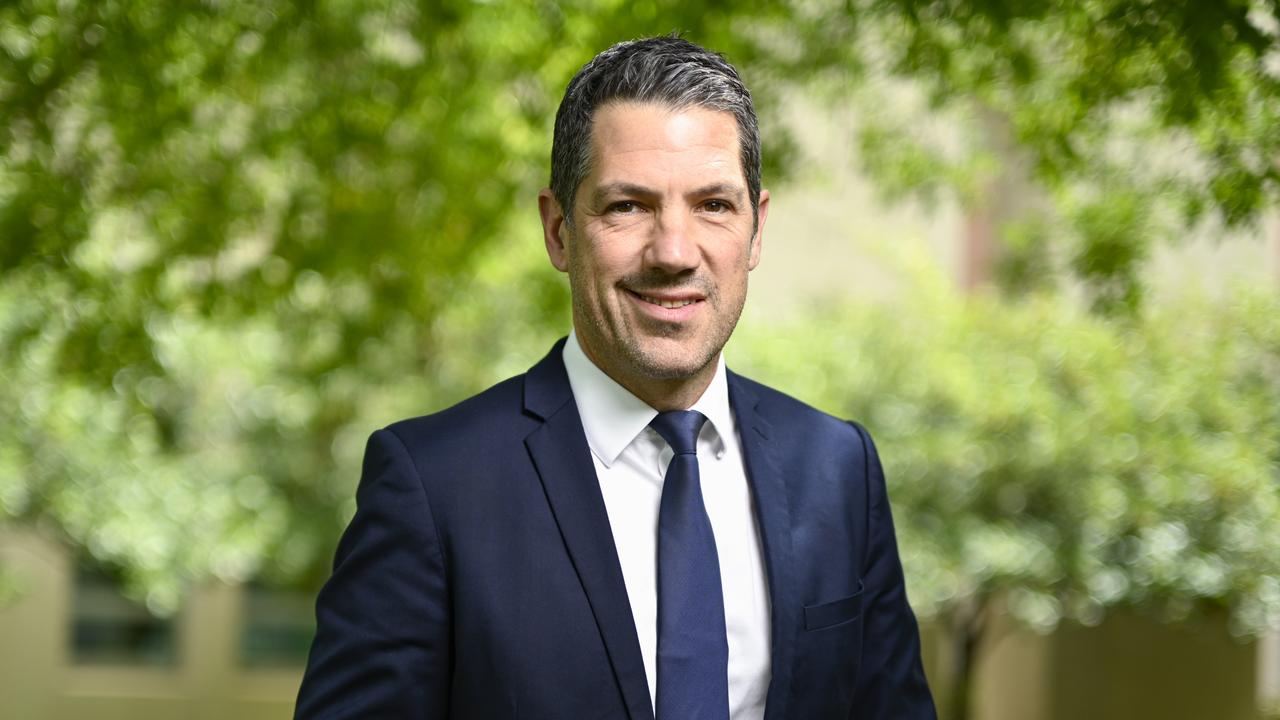
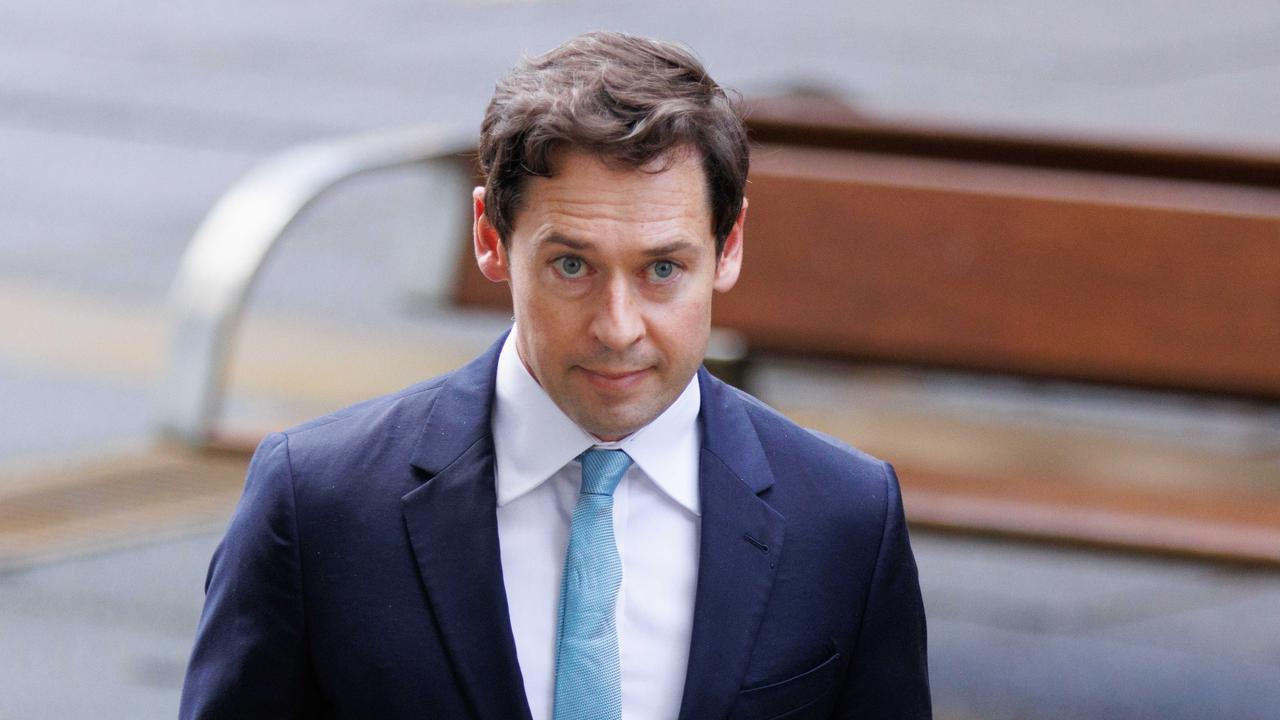
To join the conversation, please log in. Don't have an account? Register
Join the conversation, you are commenting as Logout